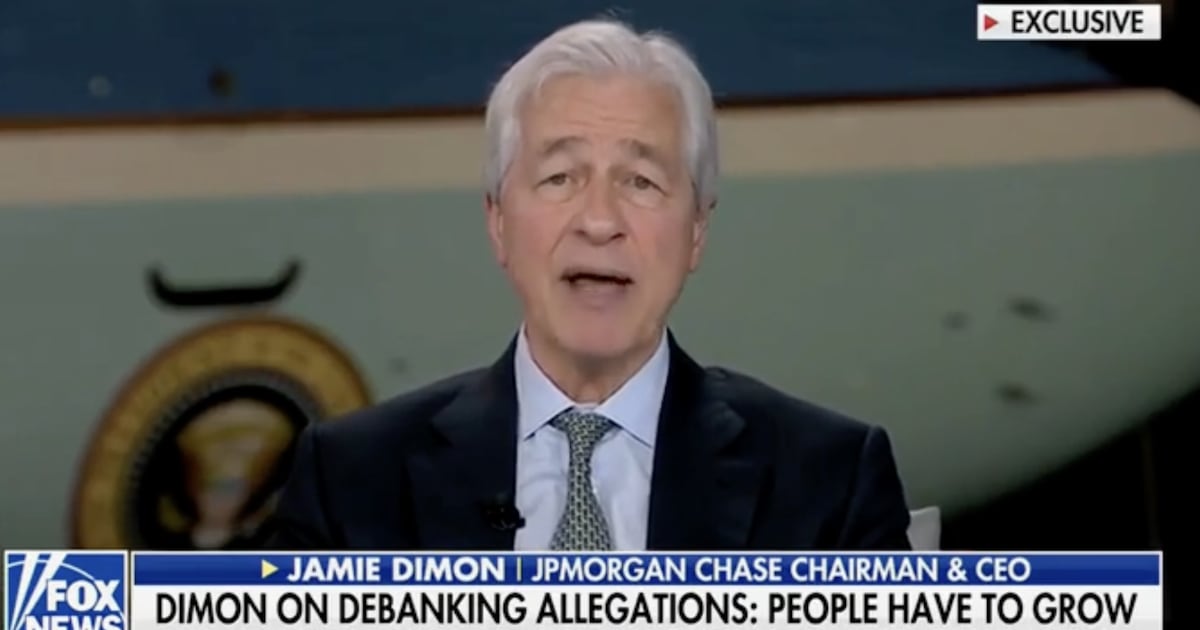- Michael Rubinger, retiring after 17 years as CEO of Local Initiatives for Sustainable Communities
Maybe it's time to get the two together - at least in virtual reality or on the page of this post.
On one hand, a flat-lined disconnected NextMesa vision
On the other hand, using the mantra of a declarative noun "sustainability" rather than the active verb "regenerating".
Call it semantics if you want . . . but above all it is data-driven.
Not all districts or neighborhoods in Mesa are low-income.
Sorry to go mental, but the first question to ask is this one appearing on the left
[blank space left here to read and think about it]
You can see the flat-lined disconnected vision of the Next Mesa campaign here.
Each separate flat-line top has a falling and extended downward slope going forward - maybe not the best logo for either a city or a mayor's time in office.
But, as the mayor said in his State of The City Speech 2016 for his re-election "Things are great . . . " Happy newspeak, but short on details or providing context or comparative data.
Maybe not so bad for one year in office.
If you would like to see where the City of Mesa is spending taxpayer-approved and taxpayer-funded monies for current Capital Improvement Projects [according to information from City Hall in this link http://gis.mesaaz.gov/Active_CIP/ you can see the locations in this interactive map and find out cost figures and other details.
Here's a very brief 1:03 YouTube promo video uploaded on 03 Feb 2015 that's been viewed 534 times with 3 likes -the best part may be right at the end where there are many stories yet to be told. Maybe thrown together and edited quickly?
Missing some subjects that appear in the strategies used for community development in the pre-retirement reflections by Michael Rubinger after 17 years with Local Initiatives for Sustainable Communities [LISC]
LISCBuilding Sustainable Communities started in 2007 with this initiative bringing together many types of programs carrying them out simultaneously in targeted neighborhoods with significant ongoing investment. It has seen how historically disinvested places can change in profound ways by investing in these elements:
- Expanding investment in housing and other real estate
- Increasing family income and wealth
- Stimulating economic development
- Improving access to quality education
- Supporting healthy and safe environments and lifestyles
- implemented the initiative in 123 neighborhoods nationwide
- invested a total of $832 million, leveraging $3.4 billion in total development
- in 56 (of 123) neighborhoods, invested $15 million in each
You can see an evaluation of BSC Strategies here >> http://www.lisc.org/about-us/our-strategy/
The Way Forward for Community Developmenthttp://www.buildhealthyplaces.org/the-way-forward-for-community-development/
Michael Rubinger says, "The results of our research are showing that when we take this comprehensive approach and make sufficient investments, we can have a positive impact on residents’ income and employment. I can’t say there’s a cause and effect because we don’t have a control group, though we do use comparison neighborhoods. But there is certainly a correlation, and it gives us enough evidence to continue on this path."
[Image from CSpan 13 Oct 2010]
Poverty nationwide seems to be stubbornly stuck at about 14%. What has been your biggest frustration in fighting poverty and inequality over the years?
Do you feel at all optimistic about the direction of public policy?
What about tapping into the private sector for funds?
Beyond public policy, what is the largest obstacle the community development field is facing?
Why do you think that is? What can the field do to encourage a new generation of leadership?
You recently wrote, “Poverty is a massive public health problem.” Have you always felt this way?
What could closer cross-sector collaboration between community development and health accomplish?
What approach from public health should community development adopt in fighting poverty?
What advice would you give to aspiring leaders in the community development field?
LISC CEO Considers What’s Needed for Community Development








No comments:
Post a Comment